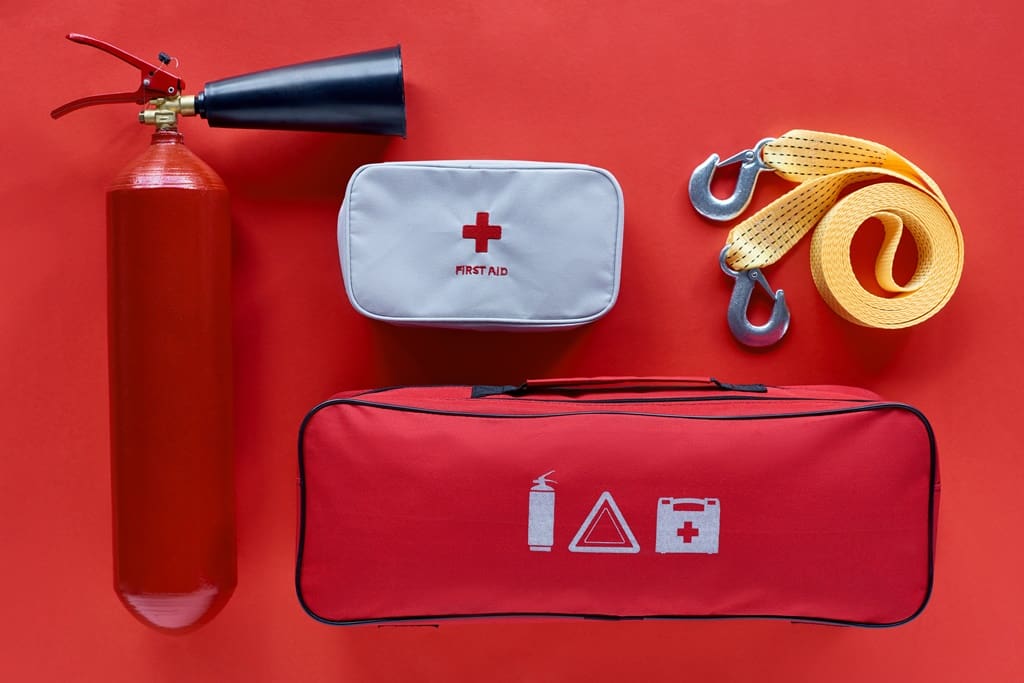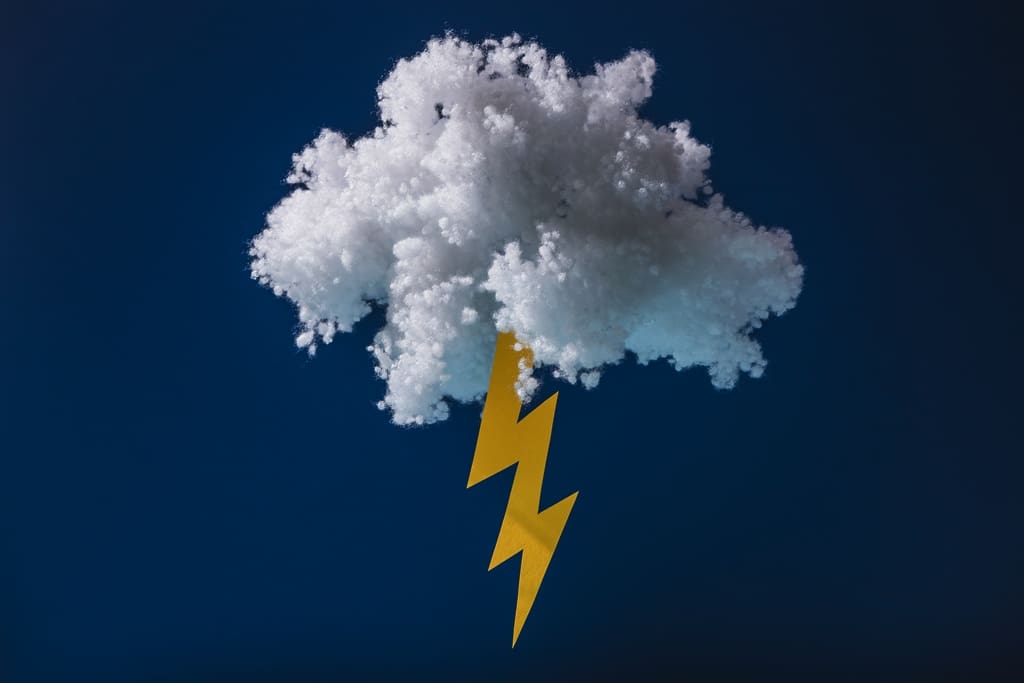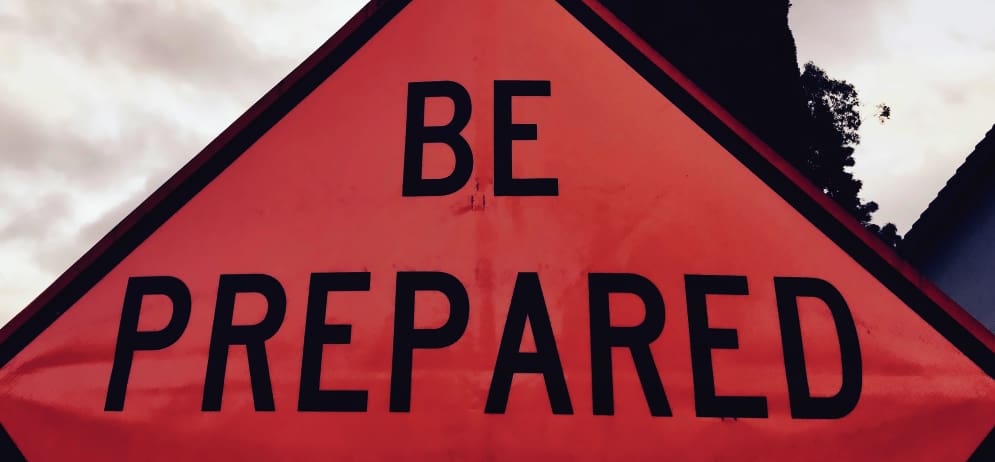Emergencies can strike at any moment, from natural disasters like hurricanes and earthquakes to unexpected incidents such as fires or medical emergencies. Having a well-thought-out home emergency plan is crucial to ensure the safety of your family and protect your property. Here are some key steps to help you create an effective emergency plan:
Identify Potential Risks:
Begin by identifying the potential risks in your area. Research common natural disasters or hazards specific to your region, such as flooding, wildfires, or severe storms. Consider consulting with local emergency management authorities for insights and guidance. Be sure to review your homeowners insurance policy to make sure you have adequate coverage before a disaster strikes.
Create Communication Channels:
Establish clear communication channels within your household. Ensure everyone knows how to reach each other during an emergency, including designated meeting spots both inside and outside the home. Practice using alternative communication methods like text messages or social media in case phone lines are down.
Assemble an Emergency Kit:

Prepare an emergency kit that includes essential items such as non-perishable food, water, first aid supplies, flashlights, batteries, and important documents like insurance policies and identification. Customize the kit based on the specific needs of your family, including any medications or special dietary requirements.
Develop Evacuation Plans:
Develop evacuation plans for different scenarios. Know multiple evacuation routes and have a plan for how to evacuate pets safely. Practice evacuation drills regularly with your family to ensure everyone knows their roles and responsibilities.
Stay Informed:

Stay informed about potential emergencies by signing up for local alerts and notifications. Monitor weather updates and news broadcasts for any developments that may affect your area. Consider installing weather alert apps on your phone for real-time updates.
Practice Regularly:
Regularly review and practice your emergency plan with your family. Conduct drills to ensure everyone knows what to do and where to go in various emergency situations. Update your plan as needed based on new information or changes in your household.
By taking these proactive steps and incorporating detailed strategies into each aspect of your home emergency plan, you can better prepare yourself and your loved ones for unforeseen emergencies. Remember, preparedness is key to staying safe and minimizing risks during challenging times.
#HomeEmergencyPlan #EmergencyPreparedness #SafetyTips
